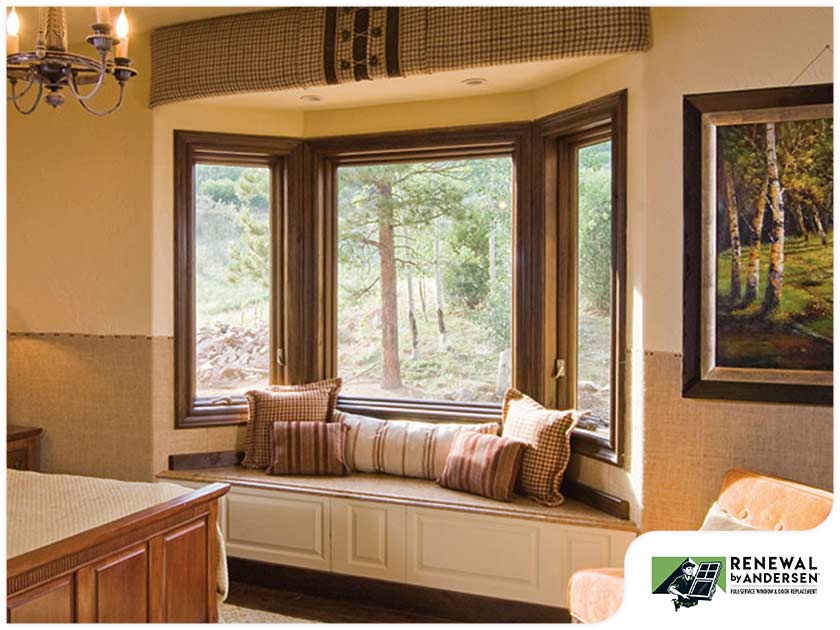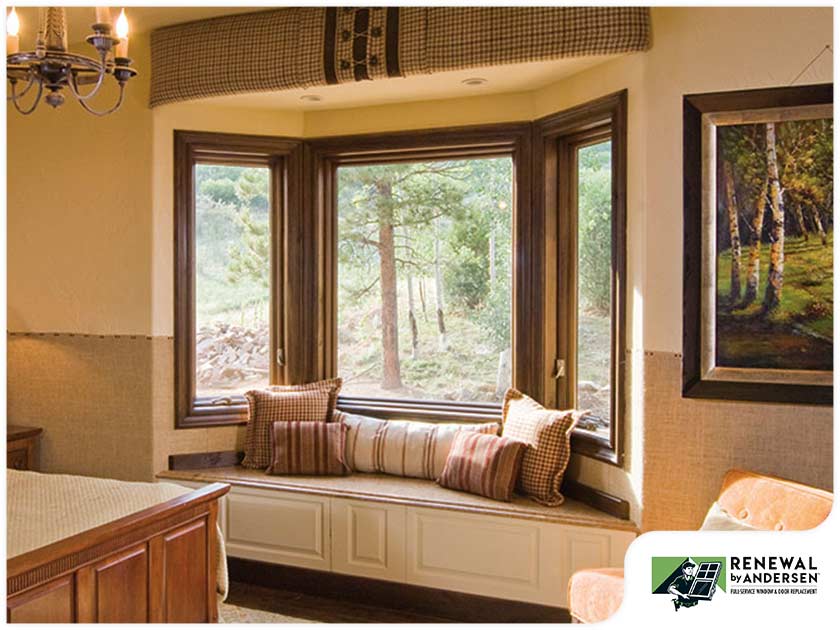

When getting new windows for your home, you need to consider more factors than just style, color and appeal. A product may look appealing, but it might not deliver the performance you are expecting. More and more people are considering investing in energy-efficient features in their homes. However, with all the complex terminologies involved, choosing the right products can sometimes feel overwhelming.

Keep reading to discover some of the most frequently asked questions about energy-efficient windows.
It isn’t uncommon for homeowners to confuse R-Value for U-Value. R-value pertains to wall and ceiling insulation value. The higher the R-value, the more insulated these parts of your home are. On the other hand, U-value refers to windows and other fenestration products. You want to invest in windows with a lower U-value because they do better than keeping your living space comfortable.
Insulated glass units (IGUs) have at least two panes of glass. They feature insulation at the edges and have gas fills between them for better energy efficiency.
Many of today’s windows have gas fills in between, which are usually argon, krypton or a combination of both. They offer better insulation than air, increasing the thermal value of the unit.
Low-emissivity (Low-E) windows are coated with a transparent material that blocks the sun’s harmful ultraviolet (UV) rays. Low-E coating also helps minimize glare and protects your furnishings, flooring and décor from fading. Climates with long, hot summers will especially benefit from low-E windows.
Turn to Renewal by Andersen® Midwest for energy-efficient replacement windows and patio doors. We install windows in a wide range of styles, colors and finishes. Call us at 866-609-5033, or fill out our contact form to schedule a free consultation.